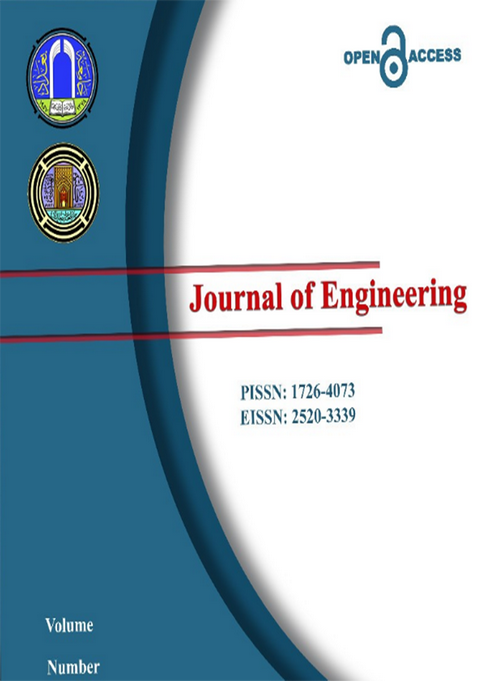Abstract
It is commonly known that Euler-Bernoulli’s thin beam theorem is not applicable whenever a
nonlinear distribution of strain/stress occurs, such as in deep beams, or the stress distribution is
discontinuous. In order to design the members experiencing such distorted stress regions, the
Strut-and-Tie Model (STM) could be utilized. In this paper, experimental investigation of STM
technique for three identical small-scale deep beams was conducted. The beams were simply
supported and loaded statically with a concentrated load at the mid span of the beams. These
deep beams had two symmetrical openings near the application point of loading. Both the deep
beam, where the stress distribution cannot be assumed linear, and the existence of the openings,
which causes stress discontinuity, make the use of Euler-Bernoulli’s thin beam theorem not
applicable. An idealized STM for the beam was first established and then experimental test was
carried out to study the capability of STM to deal with the distortion of stress caused by the
presence of near-load openings in addition to the nonlinear distribution of stress occurring in
deep beam. The test results showed that the beam designed using STM was able to withstand a
load higher than the designed ultimate load. The service load, in the other hand, was within the
range of the estimated one. The outcome of this study can then be added to the relatively few
available experimental studies related to STM technique to enhance the validation of STM to
efficiently treat different structural configurations where the linear stress assumption cannot be
applied.
nonlinear distribution of strain/stress occurs, such as in deep beams, or the stress distribution is
discontinuous. In order to design the members experiencing such distorted stress regions, the
Strut-and-Tie Model (STM) could be utilized. In this paper, experimental investigation of STM
technique for three identical small-scale deep beams was conducted. The beams were simply
supported and loaded statically with a concentrated load at the mid span of the beams. These
deep beams had two symmetrical openings near the application point of loading. Both the deep
beam, where the stress distribution cannot be assumed linear, and the existence of the openings,
which causes stress discontinuity, make the use of Euler-Bernoulli’s thin beam theorem not
applicable. An idealized STM for the beam was first established and then experimental test was
carried out to study the capability of STM to deal with the distortion of stress caused by the
presence of near-load openings in addition to the nonlinear distribution of stress occurring in
deep beam. The test results showed that the beam designed using STM was able to withstand a
load higher than the designed ultimate load. The service load, in the other hand, was within the
range of the estimated one. The outcome of this study can then be added to the relatively few
available experimental studies related to STM technique to enhance the validation of STM to
efficiently treat different structural configurations where the linear stress assumption cannot be
applied.
Keywords
deep beam; strut-and-tie model; openings; nonlinear stress distribution; distorted stress regions.
